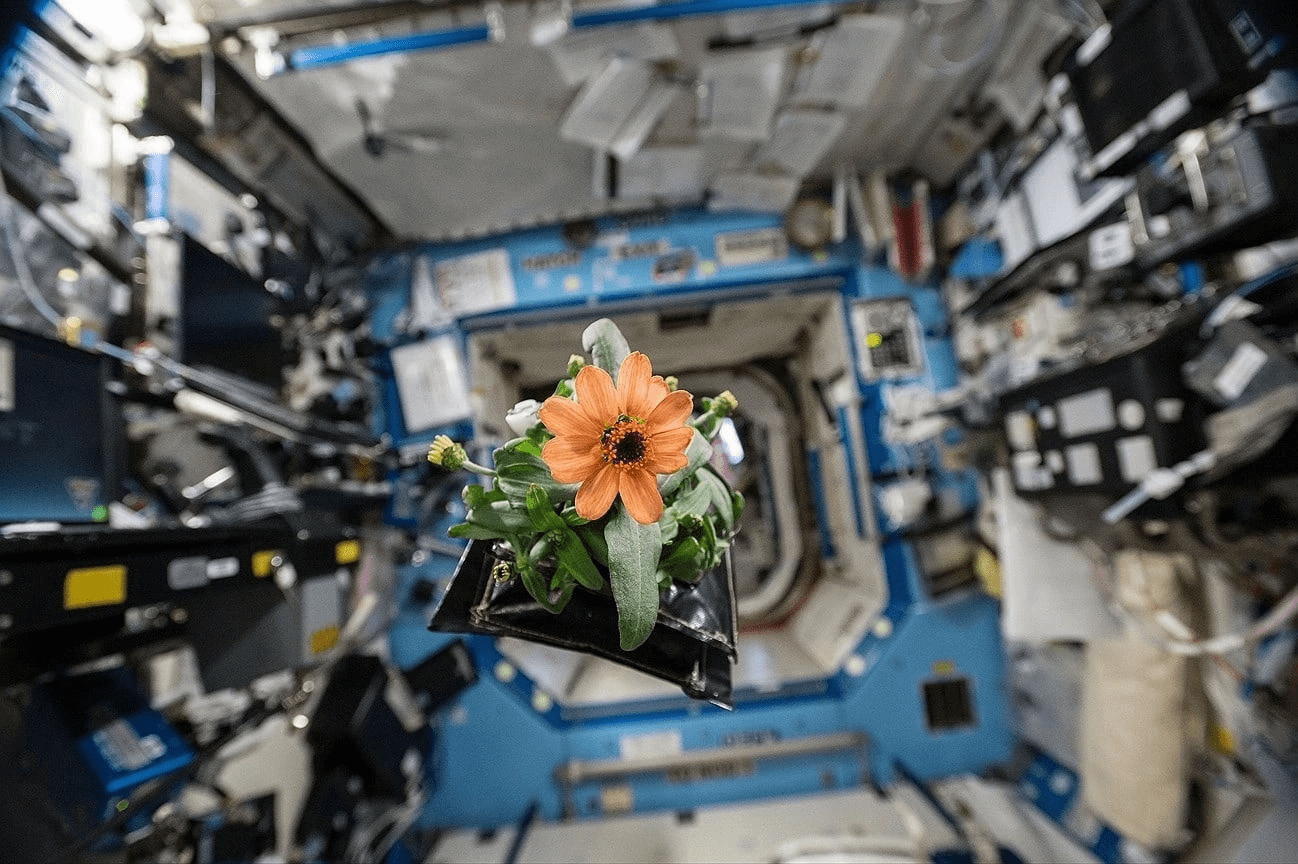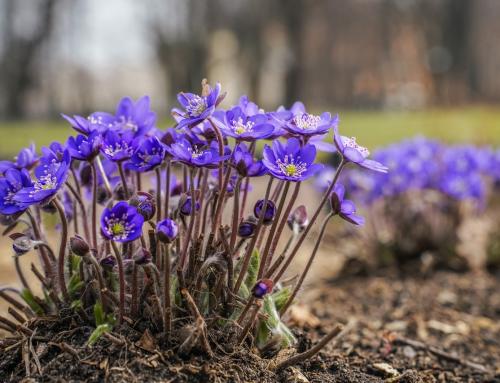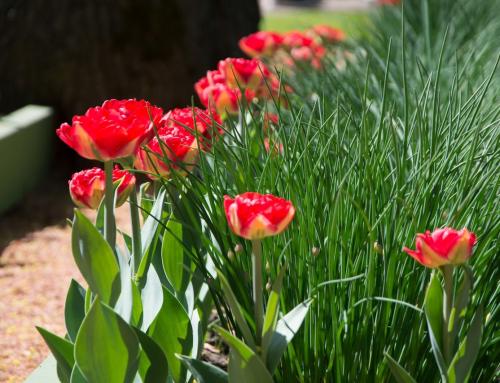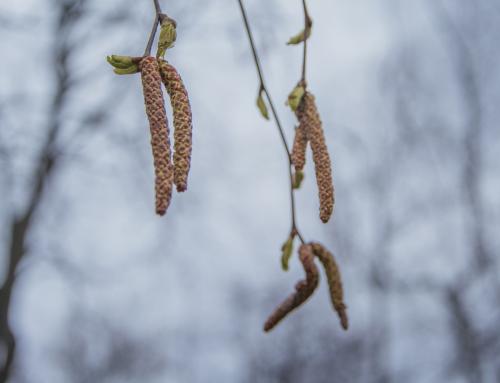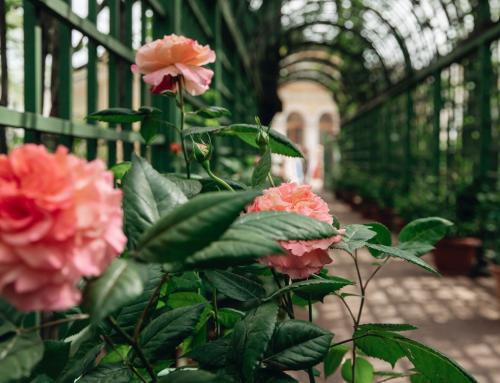Today is Cosmonautics Day, so we decided to tell you how plants are grown in space under gravity.
In zero gravity, plants can grow in two ways: they either cling to the surface and curl along it, or they begin to reach for the light – it all depends on their type. Plants are usually grown in hydroponics (a method of growing on artificial media without soil). Seeds are sown in containers fixed on a horizontal surface with an artificial substrate and conditions are created so that air is driven through the capsule or greenhouse. For irrigation use water or other nutrient liquid. Usually it is supplied automatically, although in the European module of the ISS, astronauts water the plants manually: from a small syringe, they squeeze water through a special tube directly into the substrate.
After planting, the plants are illuminated with LED lamps. The terms of their growth in weightlessness practically do not differ from those on the earth, so after three to four weeks you can get a good lettuce harvest.
Most often, lettuce is grown in space: lettuce crops do not require special care and complex agricultural technology. Just like other plants popular with space gardeners – onions, radishes, peas, wheat, barley. They have been grown on Russian orbital stations for more than half a century.



